Courtesy of Freenotes Harmony Park
My staff and I conduct playground safety audits all over the country and we often find confusion (by owners, designers, users, and maintenance crews) on what type of equipment should be reviewed to the playground standards. My hope is that the following article can provide some clarification to the confusion. As with many aspects of life, there is a lot of gray and very little black and white on this issue, and I would strongly suggest contacting your equipment manufacturer to receive their opinions.
ASTM International (ASTM) and the U.S. Consumer Product Safety Commission (CPSC) have both developed a multitude of playground safety documents that are designed to assist with the safety of our children. ASTM has safety standards such as: ASTM F1487 (Standard Consumer Safety Performance Specifications for Playground Equipment for Public Use), ASTM F2049 (Standard Guide for Fences/Barriers for Public, Commercial, and Multi-Family Residential Use Play Areas), ASTM F2373 (Standard Consumer Safety Performance Specification for Public Use Play Equipment of Children 6 Months through 23 Months), ASTM F2075 (Standard Specifications for Engineered Wood Fiber for Use as a Playground Safety Surfacing Under and Around Playground Equipment), ASTM F2479 (Standard Guide for the Specification, Purchase, Installation, and Maintenance of Poured-In-Place Playground Surfacing), ASTM F3012 (Loose-Fill Rubber Safety Surfacing), and ASTM F2223 (Standard Guide for ASTM Standards on Playground Surfacing) to name a few.
The CPSC has safety guidelines and documents such as: CPSC Document 325 (Public Playground Safety Handbook), Document 5121 (Wear Bike Helmets on Bicycles – Not on Playgrounds), Document 5065 (Strangulation Hazard with Playground Cargo Nets), and Document 5036 (Prevent Burns on Hot Metal Playground Equipment: Safety Alert) to help our children.
But what type of equipment should be applied to the above standards and what type of equipment is not covered?
Both the ASTM F1487 and the CPSC 325 in their “Scope” and “What is a Public Playground?” sections make defining statements such as: “…These guidelines are not intended for amusement park equipment, sports or fitness equipment normally intended for users over the age of 12 years…” and “….Products or materials (site furnishings) installed outside the equipment use zones, such as benches, tables, independent shade structures, and borders….” Although these statements appear to limit the use of the standards, the following examples blur the lines.
1st Example
An elementary school (K-5th grade or 5-11-year-old children) purchases a fitness system from a playground manufacturer who is a member and very active in the International Play Equipment Manufacturers Association (IPEMA) and some ASTM committees. The fitness equipment is listed separately in their catalog (to alert the purchaser, they even have placed different color tabs on fitness equipment pages than playground equipment pages), and they state something along the lines of: “the fitness equipment is for users such as 9 to 14-year-old children, 13+-year-old children, older children, or adults.” The fitness equipment arrives at the school, is installed in the main play area, and is open for recess during the day (unstructured play) as well as after school hours (the school system states that it is a community school and that its facilities are shared with the community during times the school is closed).
Do you think the playground requirements apply? I think so. Although the equipment can be used by people over 12 years of age, it is not the main age group for this facility; it is an elementary school first and foremost. The equipment is in the main play area and during school is used in a manner like that of the playground equipment. Placing the fitness equipment in an area away from the main playground, fencing the fitness equipment off from the rest of the playground, or developing rules that the fitness equipment is used only for Physical Education during school hours (and should not be used any other times) would also help clarify the situation.
2nd Example
A Special Park District has purchased and installed Outdoor Musical Instruments from a playground manufacturer’s representative. This representative sells not only playground equipment but also outdoor musical instruments, shade, and site furnishings. The outdoor musical instruments are installed both inside and outside of the playground area. The playground area is defined by the playground surfacing (for example - wood chips) and a sidewalk (used as a border to hold the surfacing in).
Do the outdoor musical instruments need to meet the playground requirements? Just like with fitness equipment, I believe that we should have an exclusion from the playground requirements for outdoor musical instruments. Outdoor musical equipment is not designed or used like playground equipment. They also are not like playground equipment that provides sound. But, if we do not have the separate requirements and do not separate the playground equipment from the outdoor musical instruments as in the above example, I again think that the playground requirements should be used. If a user or caregiver cannot tell that there is a difference between the types of equipment, how will they know to use them differently? Keeping the types (playground and outdoor musical instruments) physically away from each other and providing signage would help.
Both of the above examples are typical of the issues we at PlaySafe, LLC run into all the time. They also demonstrate the “grayness” of the playground requirements and why people should have an in-depth understanding of the rules before making any purchases or statements.


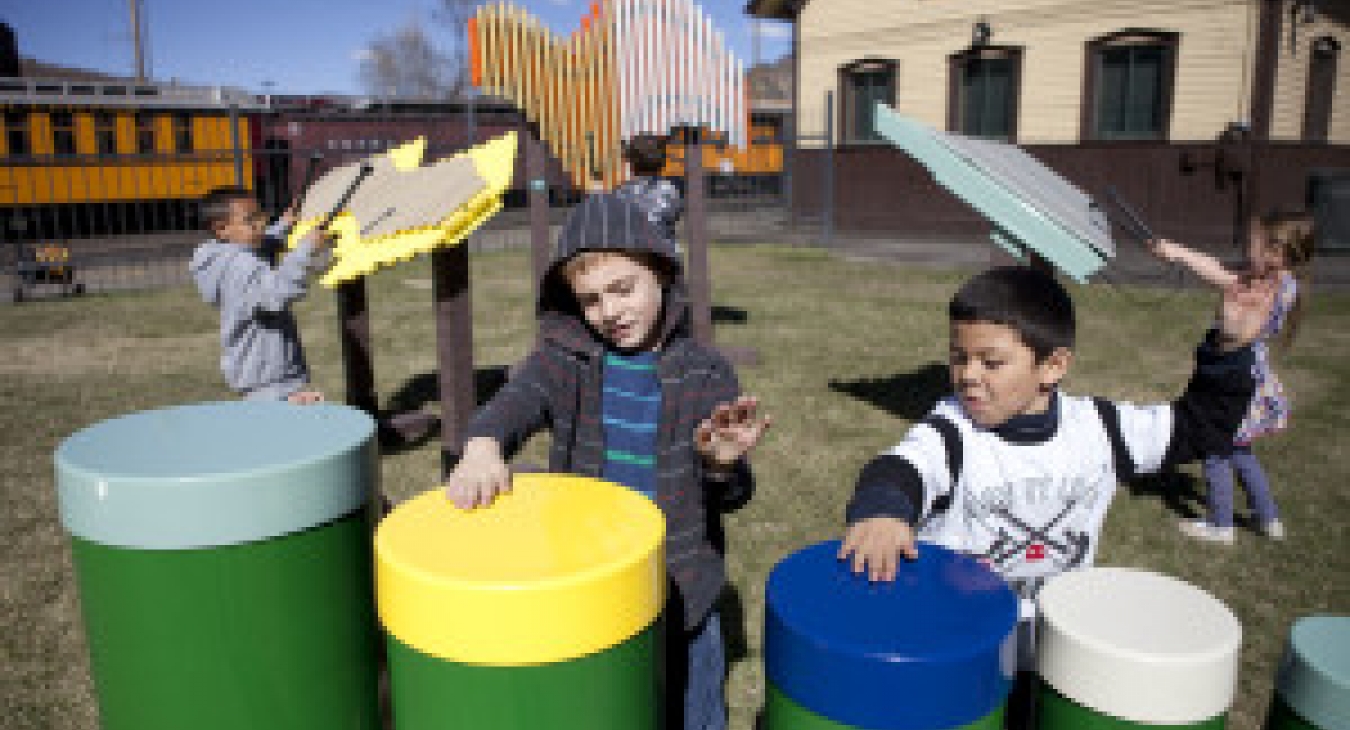
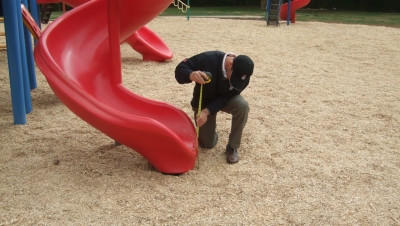

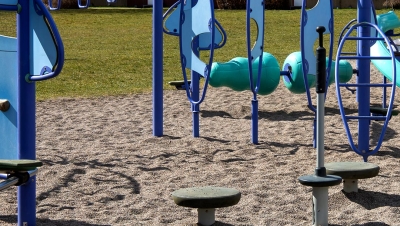



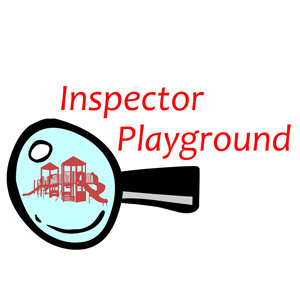
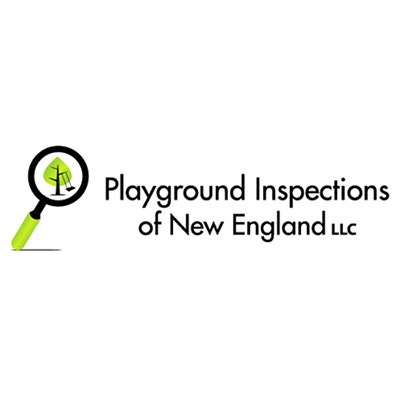
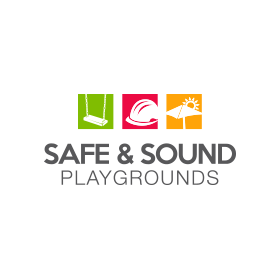

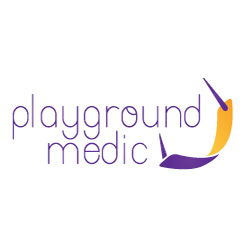
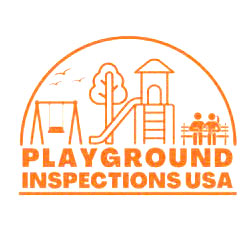
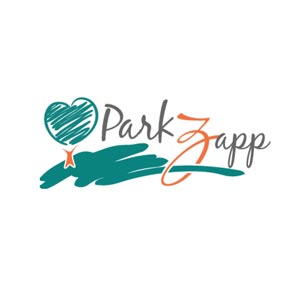
Play Equipment or Not?
Very good thoughts. Considering that the element in question has some issue with compliance, the level of the hazard it presents may also be a consideration. In other words, does it present a significant hazard or is there just some technicality involved?